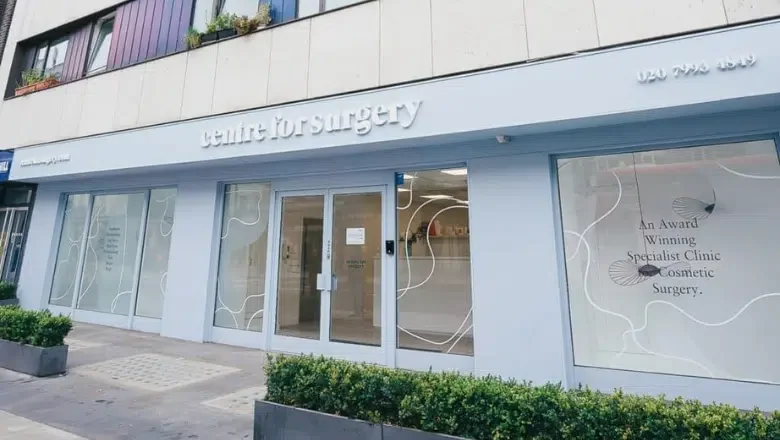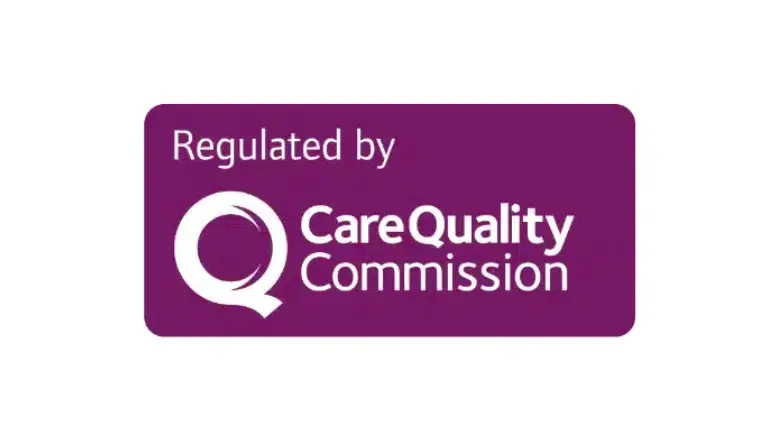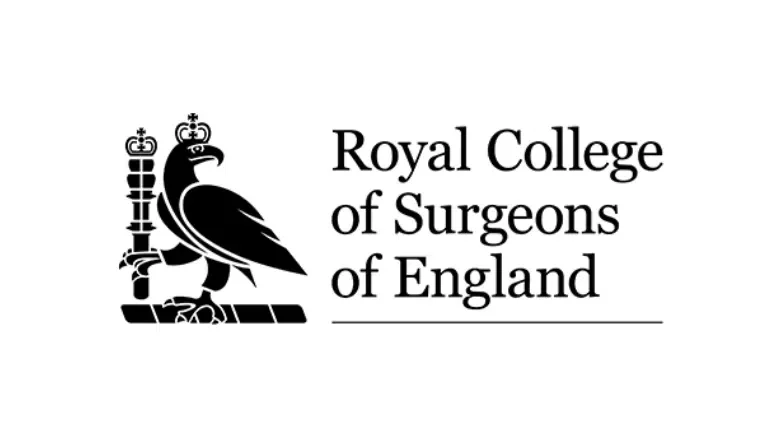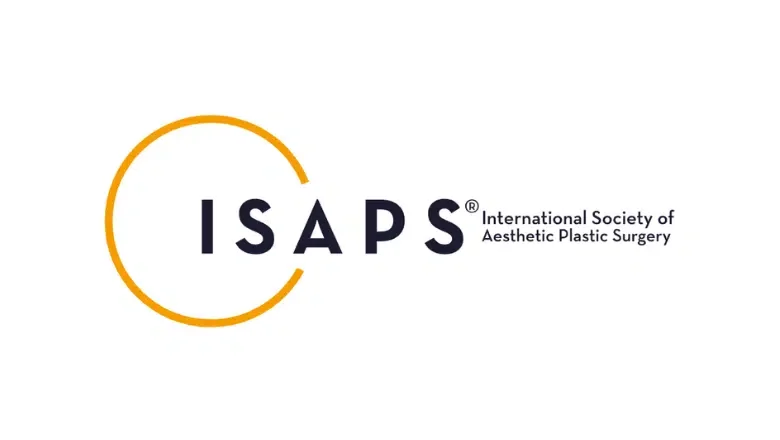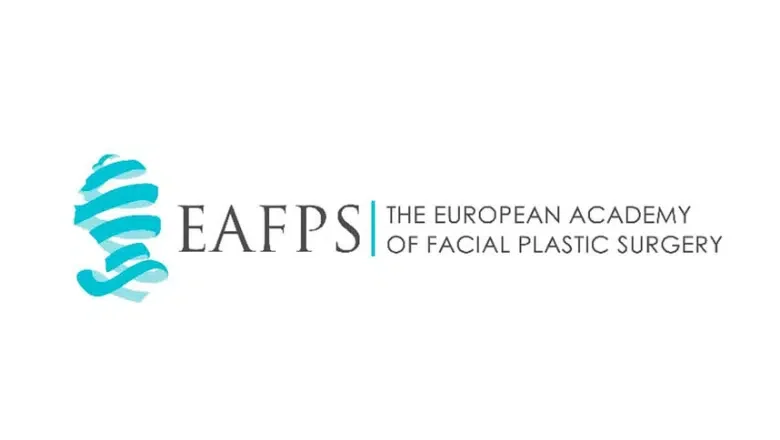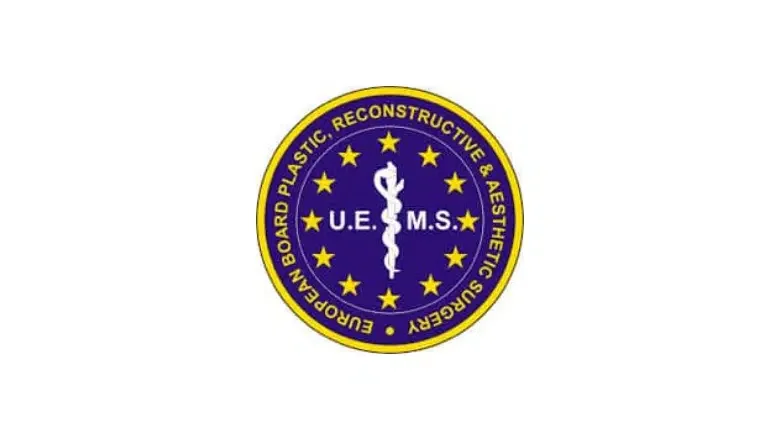Exploring Augmentation Rhinoplasty: Enhancing the Nose’s Structure
Augmentation rhinoplasty is a surgical procedure aimed at improving the shape and structure of the nose by adding tissue or implants, rather than removing them. This approach focuses on building up the nasal framework to achieve a more refined and balanced appearance. It is particularly beneficial for individuals with thicker skin, where the natural contours of the nose might be less defined due to the skin’s density.
The underlying bone and cartilage may not provide sufficient support for patients with thick skin to create the desired nasal shape. By augmenting the nose, surgeons can enhance its projection and definition, resulting in a more structured and aesthetically pleasing profile. This procedure can significantly improve facial harmony and boost self-confidence.
RELATED: Can I Get Rhinoplasty if I Have Thick Skin?
Augmentation rhinoplasty is also commonly performed on individuals who have undergone previous nasal surgeries. In some cases, earlier procedures might have removed too much cartilage or bone, leading to structural weaknesses or an unsatisfactory appearance. Surgeons can restore material to the nose’s strength, functionality, and visual appeal.
The materials used for augmentation can vary. Surgeons may use the patient’s own cartilage, harvested from areas like the septum, ear, or rib, to ensure compatibility and reduce the risk of rejection. Alternatively, synthetic implants specifically designed for nasal surgery can be utilised, depending on the patient’s needs and the surgeon’s expertise.
This procedure requires a high level of precision and an in-depth understanding of nasal anatomy. Surgeons must carefully assess each patient’s unique facial structure and aesthetic goals to create a customised surgical plan.
Is Augmentation Rhinoplasty a Permanent Solution?
A common question among those considering this surgery is whether the results are permanent. In general, augmentation rhinoplasty is designed to provide a lasting change to the nasal structure.
Surgeons graft additional cartilage or bone onto the existing nasal framework during the surgery. These grafts are often taken from the patient’s own body—commonly from the septum, ear, or rib—to ensure compatibility and reduce the risk of rejection. Once placed, the body begins to heal around these grafts, integrating them into the nasal structure.
This integration means that the added materials become a permanent part of the nose. Unlike temporary fillers or implants that may degrade over time, the cartilage and bone used in augmentation rhinoplasty are intended to remain stable for the long term. The nose’s new shape should not change significantly as the years pass.
Common Surgical Methods of Augmenting the Nose in Rhinoplasty
Augmenting the nose involves enhancing its shape and structure by adding material to specific areas. Surgeons commonly use cartilage or bone grafts to achieve the desired contour and support. These grafts are carefully placed within the nose to raise the dorsum—the bridge of the nose—and to provide additional support to the nasal tip. This approach allows for precise shaping and a natural-looking result.
Sources of Grafts: Septum, Ear, and Rib
The cartilage or bone used for augmentation is typically harvested from the patient’s own body, ensuring compatibility and reducing the risk of rejection. Common sources include the septum (the wall inside the nose that separates the nostrils), the ear, and the rib. Each source provides material with unique properties suitable for different aspects of nasal reconstruction. For instance, septal cartilage is often preferred for minor augmentations, while rib cartilage may be used for more substantial structural support.
The Role of Implants in Nasal Augmentation
Some surgeons opt to use synthetic implants to augment the nose. These implants are designed to mimic the properties of natural cartilage or bone and can be shaped to fit the patient’s anatomical needs. However, the use of implants carries certain risks. The body may recognise the implant as a foreign object, leading to complications such as infection or extrusion, where the implant is pushed out of the body.
Advantages of Autologous Grafts over Implants
Using the patient’s own cartilage or bone—known as autologous grafting—offers several advantages over synthetic implants. Autologous grafts are biocompatible, reducing the likelihood of rejection or infection. They integrate seamlessly with the existing nasal structures, providing a more natural feel and appearance. Additionally, autologous grafts eliminate the long-term risks associated with synthetic materials, making them a safer choice for many patients.
Our Approach at Centre for Surgery
At Centre for Surgery, our surgeons prefer to use your own cartilage or bone for nasal augmentation. We believe that autologous grafts offer the best outcomes in terms of safety, functionality, and aesthetic results. Avoiding synthetic implants minimises the risks of infection and extrusion, ensuring a more secure and lasting enhancement to your nasal structure.
RELATED: Nose Surgery FAQs – Q&A about Rhinoplasty
What factors can affect the longevity of the results?
While the procedure aims for permanent results, it’s important to understand that the human body changes over time. Natural ageing processes, such as changes in skin elasticity and tissue quality, can subtly alter the nose’s appearance decades after surgery. Additionally, any trauma or injury to the nose can affect the structural integrity of the grafts.
The final outcome of the surgery may take some time to become fully apparent. Swelling can persist for several months, and the nose may continue to refine its shape for up to a year. Following the surgeon’s postoperative care instructions ensures the best possible healing and long-lasting results.
Is Augmentation Rhinoplasty More Painful Than a Standard Rhinoplasty?
A common concern for anyone considering nose surgery is the potential for pain during recovery. Augmentation rhinoplasty and standard rhinoplasty differ not only in their surgical goals but also in the techniques used, which can affect the level of postoperative discomfort experienced by patients. Generally speaking, augmentation rhinoplasty tends to be less painful than standard rhinoplasty.
Augmentation rhinoplasty doesn’t usually require cutting or breaking the nasal bones, so less trauma is inflicted during surgery. This reduced invasiveness often results in decreased swelling, bruising, and overall discomfort during the healing process.
In contrast, standard rhinoplasty may involve reducing the size of the nose, reshaping it by removing bone or cartilage, and sometimes breaking the nasal bones to achieve the desired contour. These actions can cause more significant tissue disruption, leading to increased swelling, bruising, and pain after surgery. The manipulation of bone structures tends to provoke a stronger inflammatory response, which can contribute to a more uncomfortable recovery experience.
Both procedures may require adjustments to the nasal cartilage. However, augmentation rhinoplasty primarily involves adding and repositioning cartilage to enhance the nose’s shape. This process is generally less traumatic than the bone alterations often necessary in standard rhinoplasty. Moving cartilage around causes less irritation to the surrounding tissues, which can result in a smoother and less painful recovery.
Pain is a subjective experience, and individual responses to surgery can vary widely. Factors such as personal pain tolerance, the extent of the surgical modifications, and adherence to post-operative care instructions all affect how a patient feels during recovery. Our experienced rhinoplasty surgeons aim to minimise discomfort by using gentle surgical techniques and providing effective pain management strategies.
How Much Does Augmentation Rhinoplasty Cost?
Augmentation rhinoplasty is generally more expensive than a standard rhinoplasty due to the additional procedures involved. While a typical rhinoplasty in the UK starts from around £6,000, augmentation rhinoplasty can start from £10,000. The higher cost is attributed to the complexity of the surgery, which includes harvesting cartilage or bone from areas such as the septum, ear, or ribs.
Harvesting grafts adds to the surgical time and requires specialised expertise. Surgeons must carefully extract cartilage or bone to ensure it’s suitable for augmenting the nose’s structure. This meticulous work increases both the duration and the intricacy of the operation, contributing to the overall cost.
In a standard rhinoplasty, the procedure typically involves reshaping or reducing existing nasal structures without the need for additional grafts. This makes it less complex and, consequently, less costly. Augmentation rhinoplasty, on the other hand, enhances the nose by adding material, necessitating additional surgical steps.
Why Choose Centre for Surgery
At Centre for Surgery, we specialise in augmentation rhinoplasty procedures that enhance the natural structure of your nose by adding cartilage or bone. Our highly skilled surgeons employ advanced techniques to deliver personalised results that align with your aesthetic goals. We are committed to providing exceptional patient care, ensuring you feel comfortable and informed throughout your surgical journey.
Our state-of-the-art facilities at the Baker Street clinic offer a welcoming environment equipped with the latest medical technology. With a focus on safety and excellence, we strive to achieve outcomes that not only improve your appearance but also boost your confidence.
Patient Testimonials
We are proud of the positive feedback we receive from our patients:
- “Choosing Centre for Surgery for my augmentation rhinoplasty was the best decision I’ve made. The team’s professionalism and care were outstanding.”
- “The surgeons truly listened to my concerns and delivered results that exceeded my expectations.”
- “From consultation to recovery, the support I received was exceptional. I highly recommend Centre for Surgery.”
Book a Consultation
Embarking on your augmentation rhinoplasty journey begins with a personalised consultation. To schedule an appointment, please contact us at 0207 993 4849. Our team is ready to answer any questions you may have and guide you through the next steps.
Learn more about us on our About Us page and get acquainted with our expert surgeons on the Team Members page.
Finance Options
We understand that financing your procedure is an important consideration. Centre for Surgery offers flexible finance options to help make your augmentation rhinoplasty more accessible. Contact our finance team to discuss the plans available to you.
Discover More on Our Plastic Surgery Blog
Stay informed by visiting our Plastic Surgery Blog, where we share valuable insights, updates, and tips about augmentation rhinoplasty and other procedures. Our blog is a resource designed to help you make educated decisions about your cosmetic surgery journey.
Clinic FAQs
For answers to common questions, please visit our Clinic FAQs page. We provide detailed information about our procedures, recovery processes, and what you can expect when you choose Centre for Surgery.
Visit Us at Baker Street Clinic
Our Baker Street clinic is conveniently located in the heart of London, easily accessible by public transport. We look forward to welcoming you and providing exceptional care every step of the way.

